Introduction, Specifications, and Pricing
Today we take a look at one of the most anticipated motherboards of Intel's latest Z390 launch, the well-established Taichi. I remember the first Taichi, and if I remember correctly it was an X99 motherboard, and it hit the price to performance ratio right in the head.
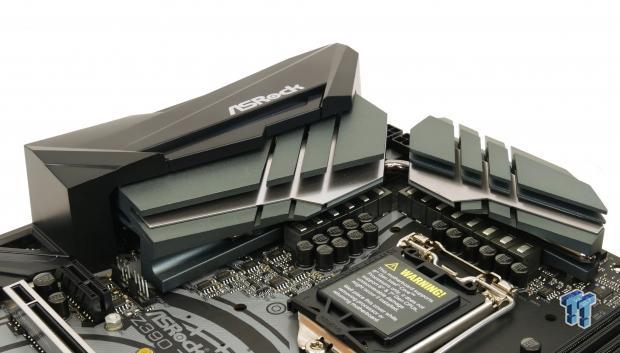
Since that launch, ASRock has launched a Taichi for every Intel and AMD platform it supports, and it seems to be the go-to brand for most people. So much so that it seems that ASRock is expanding the name to its higher-end brother, the Performance Gaming i9 series. Let's see what it has to offer.
Specifications

The Z390 Taichi features three M.2 slots, WIFI, dual Intel LAN, USB 3.1, and SATA6Gb/s.
Pricing
The Z390 Taichi is brand new; we don't have a price.
Packaging and Fatal1ty Z390 Taichi Overview
Packaging and Overview
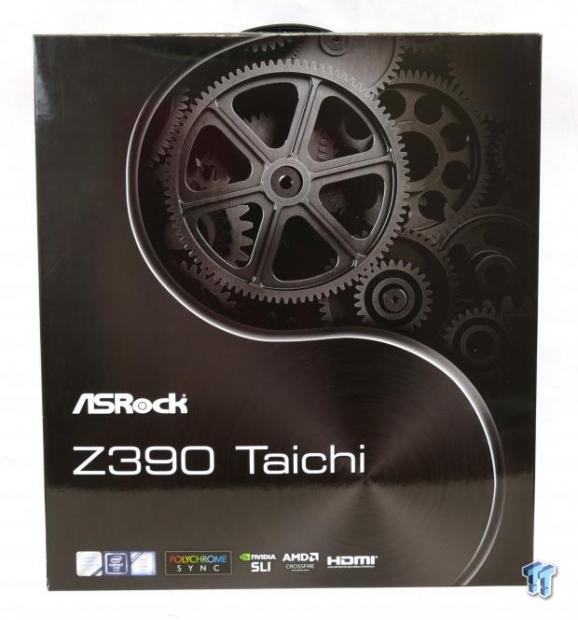
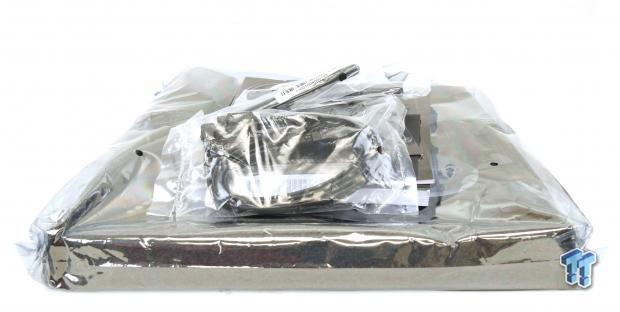
The box is pretty much the same as the Z370 version, and packaging is very similar.
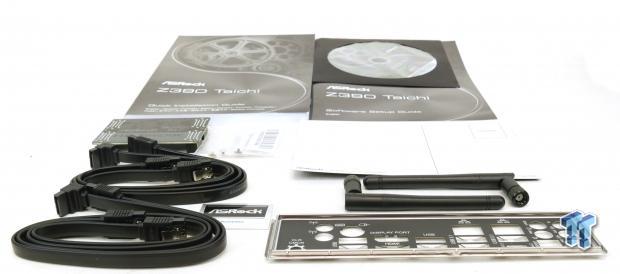
The accessory package includes two SATA6Gb/s cables, SLI HB bridge, IO shield, WIFI antenna, M.2 screws, case badge, postcard, driver DVD, and manuals.

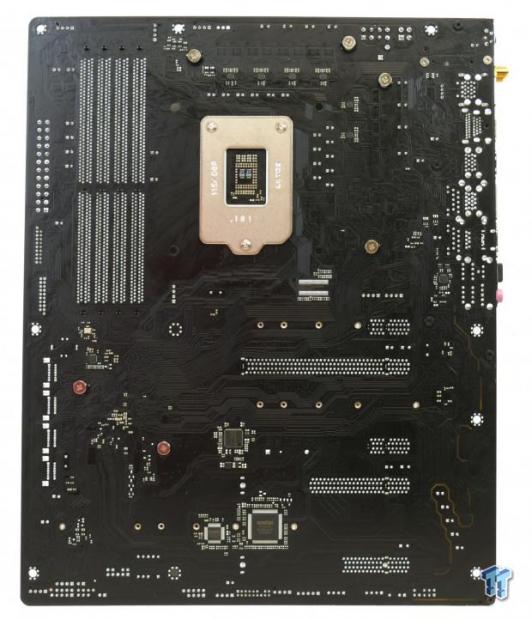
Holy guacamole Batman, ASRock tossed in 60% more fan headers for a total of eight. One CPU fan header is circled in red, it offers up to 1A of power, and I think it's fixed in PWM mode. The seven other headers circled in blue offer up to 2A (they can all do pumps), and they all AUTO-DETECT if a 3-pin or 4-pin fan is installed, and that's a big deal. They are of course all hybrid and can be set to either mode, but autodetect on seven headers is why ASRock added a second SIO chip with a lot of GPIO pins. Yea, the motherboard looks great and is color neutral, and yea there are a bunch of components on the back, but the fan header thing is still exciting me.
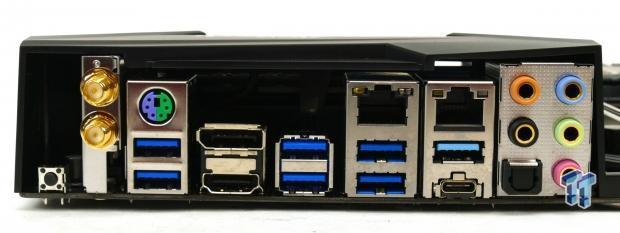
The rear IO panel features clear CMOS button, WIFI antenna connector, PS/2 keyboard/mouse, DisplayPort, HDMI, DisplayPort, 4x USB 3.1 type-A (They should have used red instead of blue), USB 3.1 type-C (Thunderbolt 3 capable), two USB 3.0 ports, Gbit LAN, and 7.1 gold-plated audio with S/PDIF out.
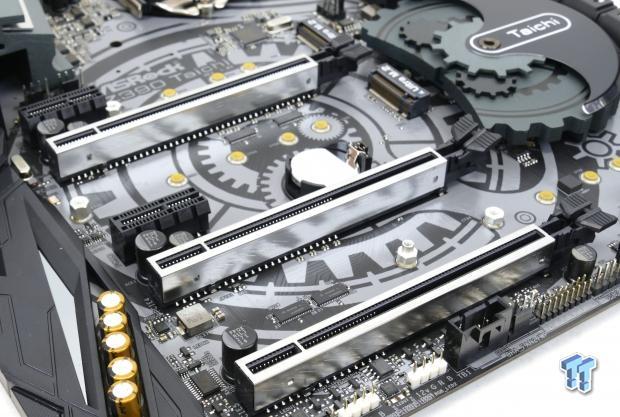
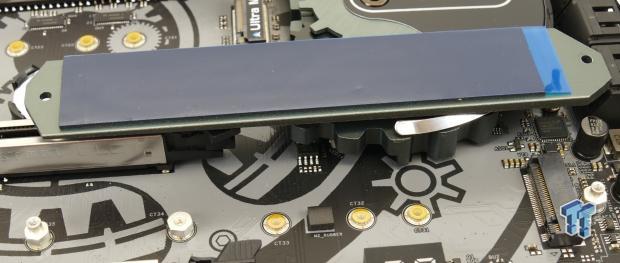
The PCI-E layout is as follows, x16/x0/x0, x8/x8/x0, and x8/x4/x4. That means none of the slots share with the M.2 slots. We also have three M.2 slots, and they are all x4 PCI-E 3.0 and support SATA drives, but there is switching with SATA ports.


M2_1, SATA3_0, and SATA3_1 share lanes, so even with a PCI-E M.2 drive you will disable SATA1 and 0. If there is a SATA device in M2_2, then SATA3_3 gets disabled. M2_3, SATA3_4, and SATA3_5 share lanes, so same deal with M2_1.
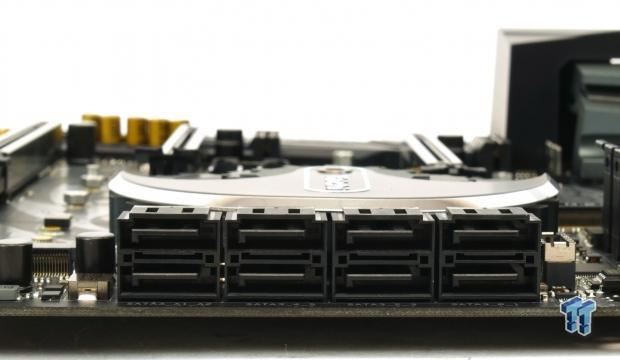
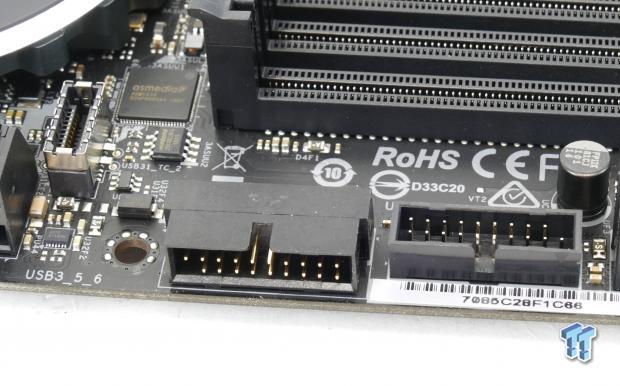
There are eight SATA ports, two of them come from an ASMedia ASM1061. There are two USB 3.0 internal headers that come from an ASMedia ASM1074 hub, and the USB type-C header is USB 3.1 and not USB 3.0.
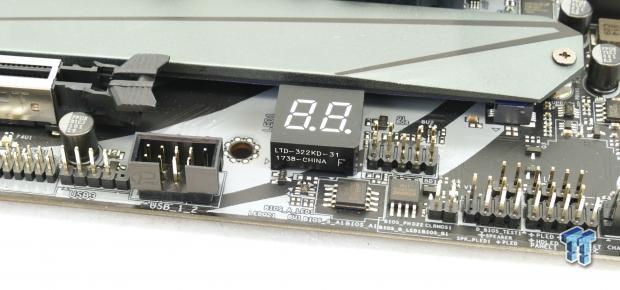
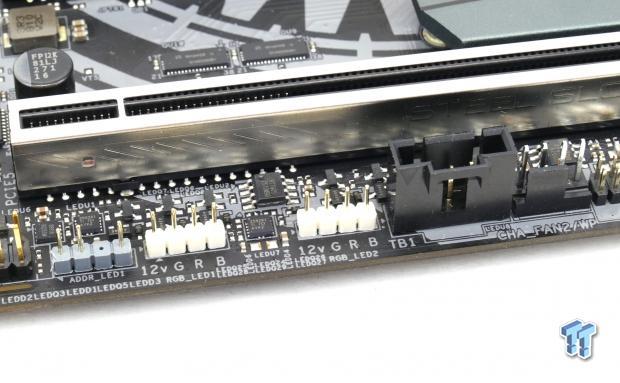
We also find a POST code display right above both BIOS ROMs. You have one whole USB 3.0 header and one half. There are two RGB LED headers at the bottom of the motherboard as well as one addressable RGB LED header to the left of a Thunderbolt GPIO header.
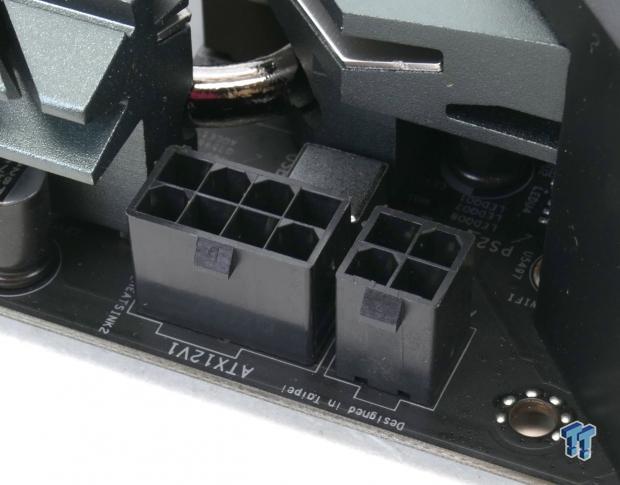
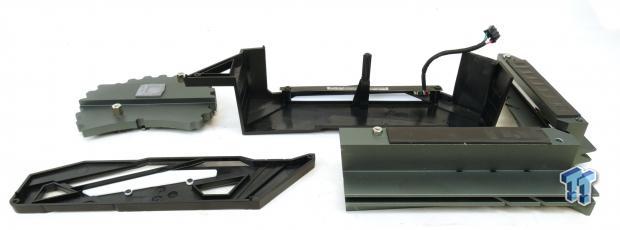
You get an 8+4 pin power plug. The heat sinks are all screwed into the motherboard.
ASRock Fatal1ty Z390 Taichi Circuit Analysis
Circuit Analysis

The Fatal1ty Z390 Taichi shows us the goods with the heat sinks removed!
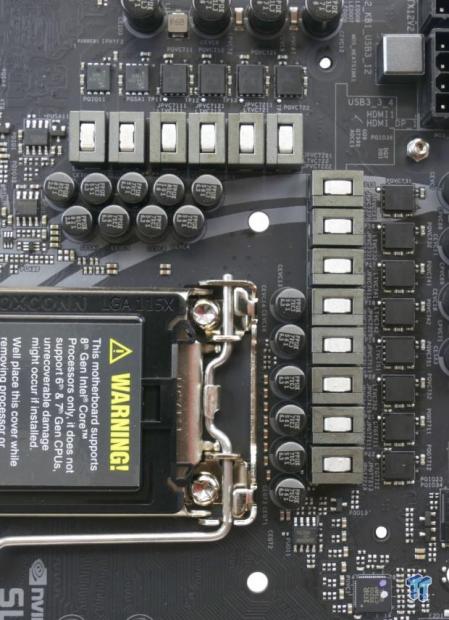
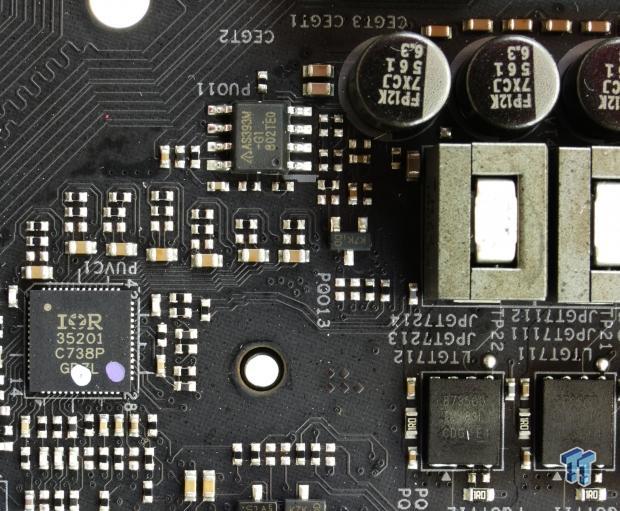
The VRM is a large 10+2 phase VRM with the CPU and iGPU power rails using IR35201 PWM controller in 5+2 phase mode. The 10 phases are doubled up by, but not the iGPU phases. Each phase uses a 60A choke, 12K capacitors, and Texas Instruments 87350D NexFETs.
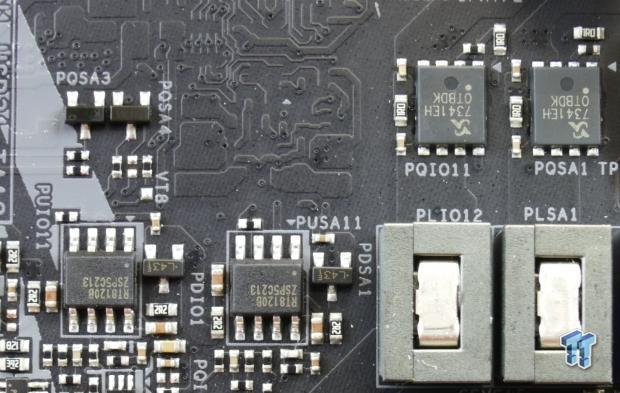
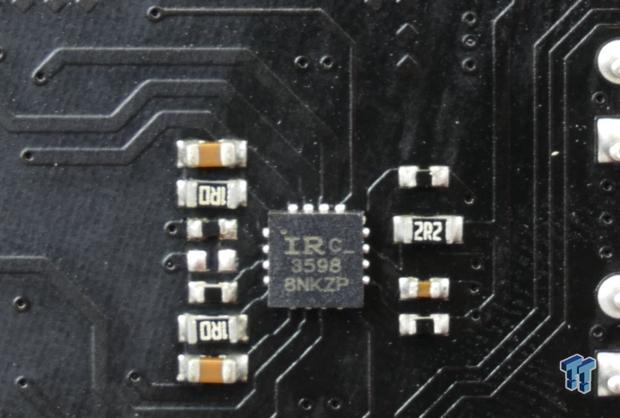
The VCCSA and VCCIO are controlled by single phase Richtek RT8120, and they control Sinopower dual N-Channel SM7341EH. Six IR3598 are in doubler and dual-driver mode for the CPU phases, but one IR3598 is configured as dual driver mode, where it is fed two PWM signals from the PWM.
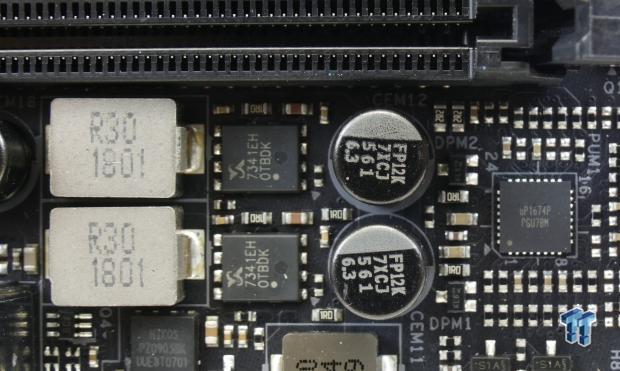
The memory VRM uses a UPI uP1674 PWM controller and the same MOSFETs as the VCCSA/VCCIO in a two-phase configuration.
ASRock Fatal1ty Z390 Taichi Circuit Analysis Continued
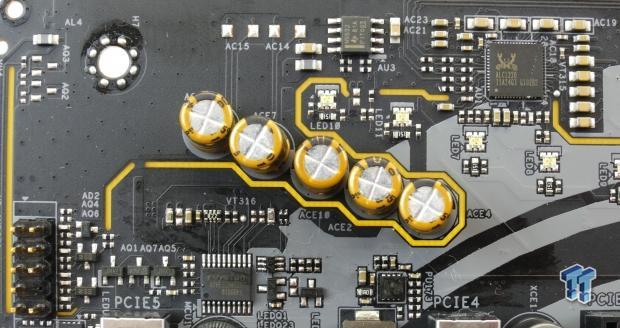
The audio solution consists of a Realtek ALC1220 rated up to 120dB and supports an integrated headphone AMP. The Texas Instruments NE5532 amplifier is used to increase audio quality at the internal header, and we find gold capacitors to help improve audio as well.
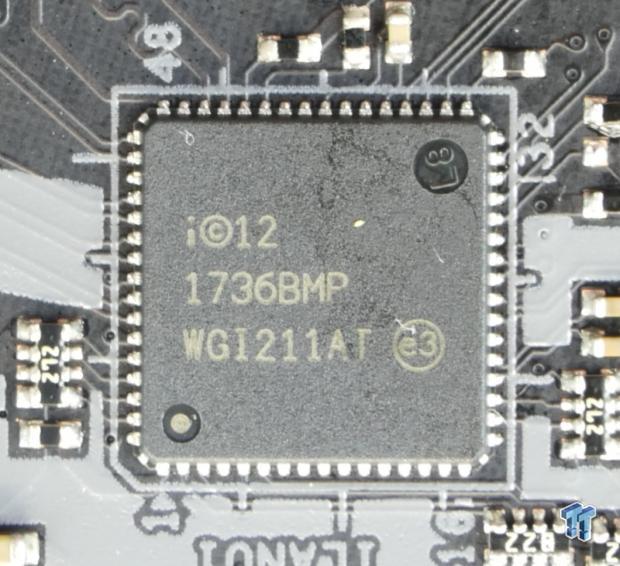
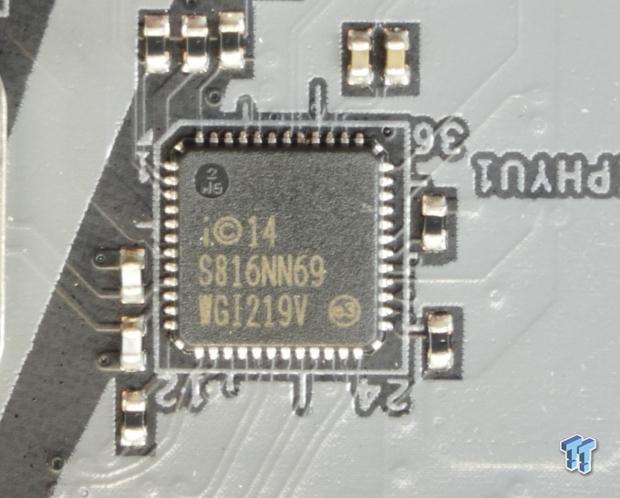
We get an i219v PHY and an i211AT for dual GBit NIC.
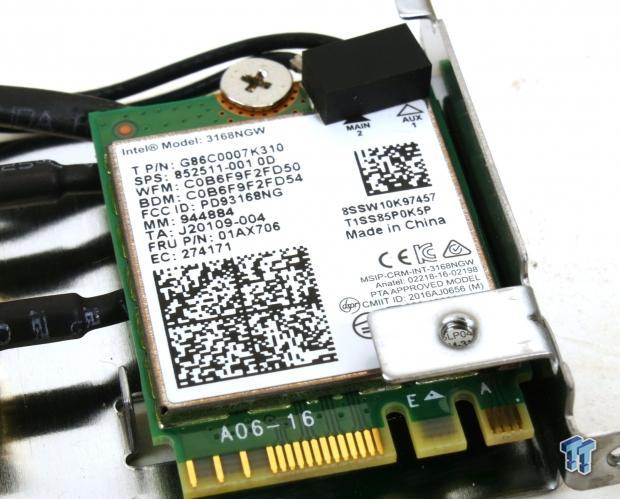
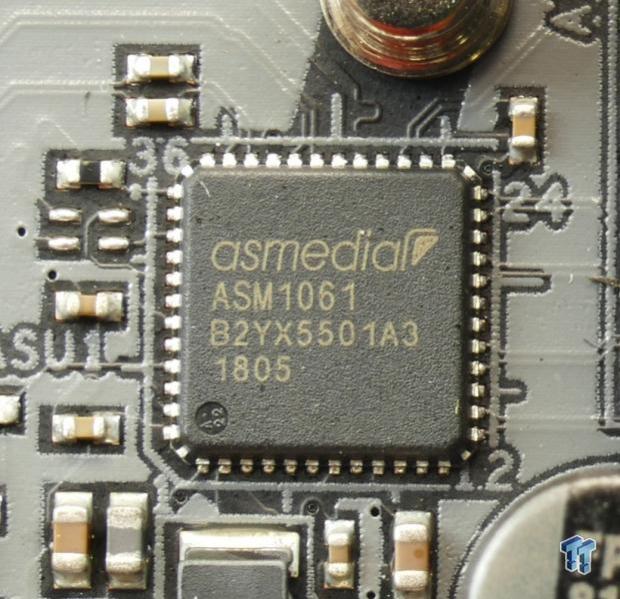
Intel's Wireless AC 3168NGW is used for 1x1 433Mbps WIFI. An ASMedia ASM1061 is used to add two SATA6Gb/s ports to the motherboard.
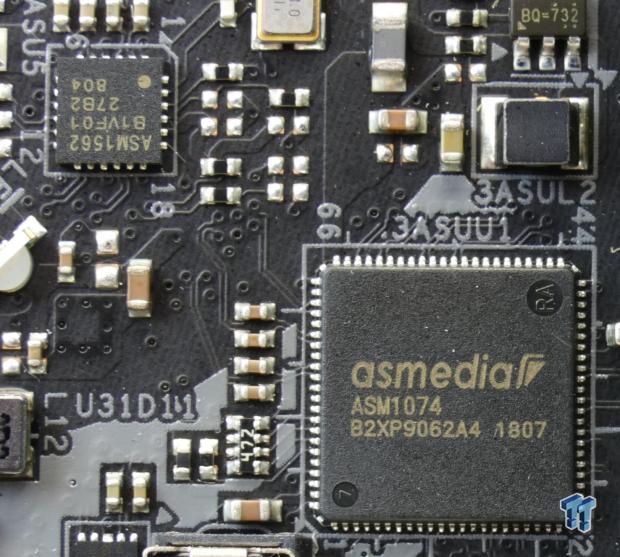
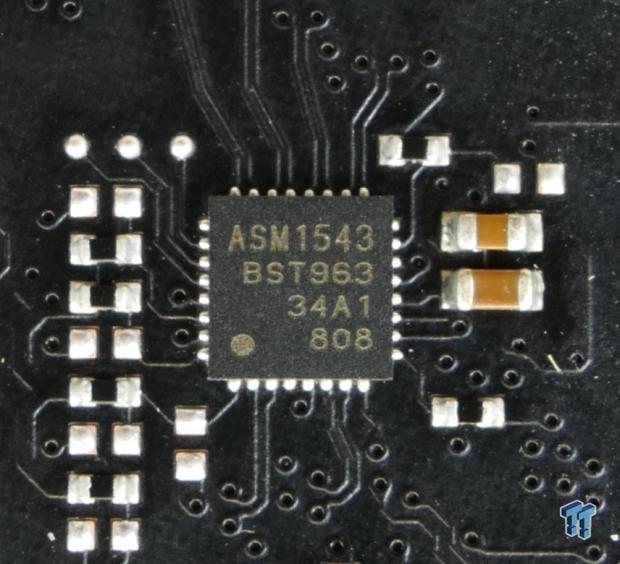
Here on the right, we have an ASM1074, which takes one USB port and produces four. We also have an ASMedia ASM1562 re-driver for the integrated USB 3.1 in the PCH, it feeds its signal into the ASM1543 on the rear of the board, which is a type-C controller, and then that signal goes to the internal type-C header.
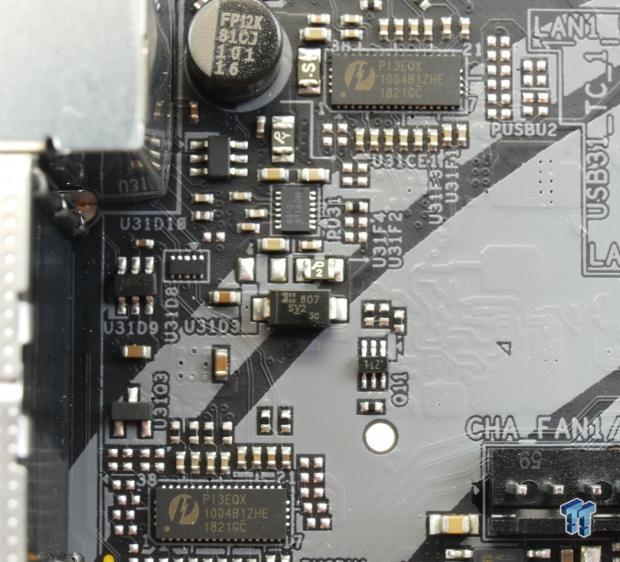
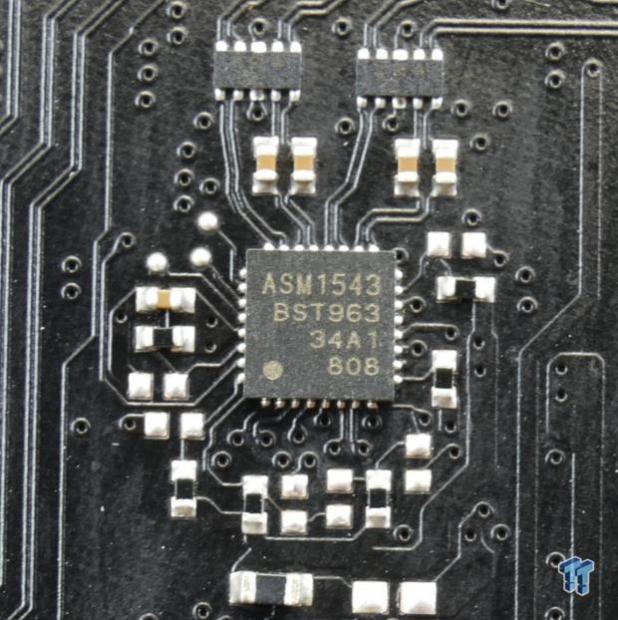
Two PI3EQX in this picture are two port USB 3.1 10Gb/s re-drivers, they supply the four rear type-A USB 3.1 ports. One port is a type-C port, and so we find an ASM1543 for type-C port control.
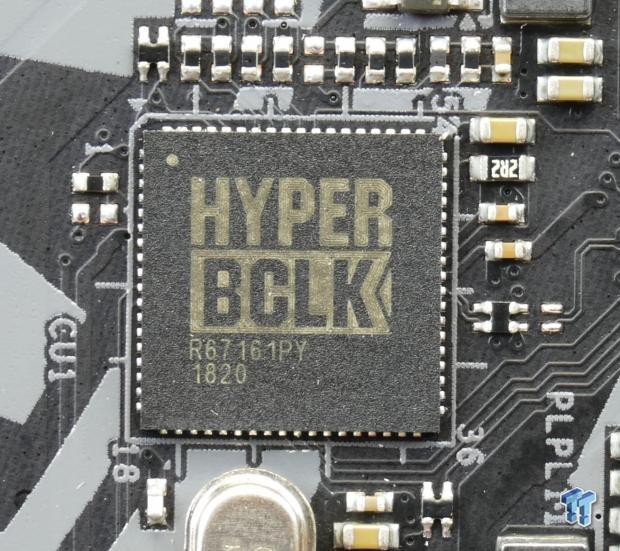
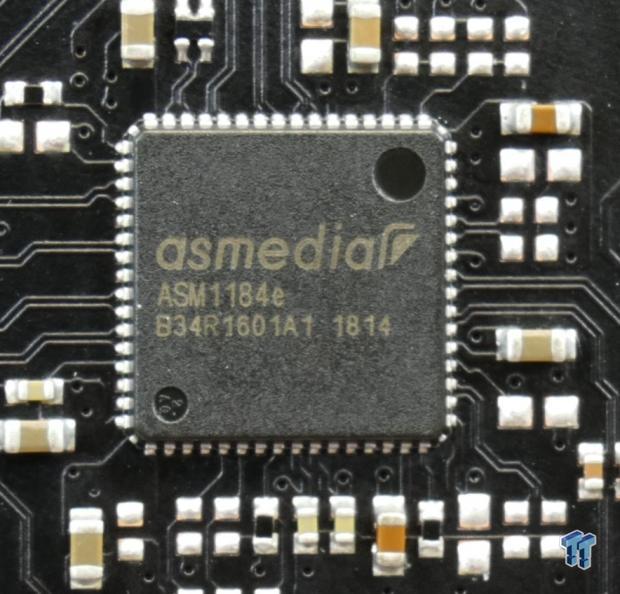
It looks like ASRock is using ASUS's chip marking machines again for the clock generator. It makes my life easier since I don't have to look it up, but it would be cool to know the model. Here we find the ASMedia ASM1184e hub, it takes one PCI-E port and outputs to the WIFI, the ASMedia SATA controller, and probably one or two of the PCI-E x1 slots.
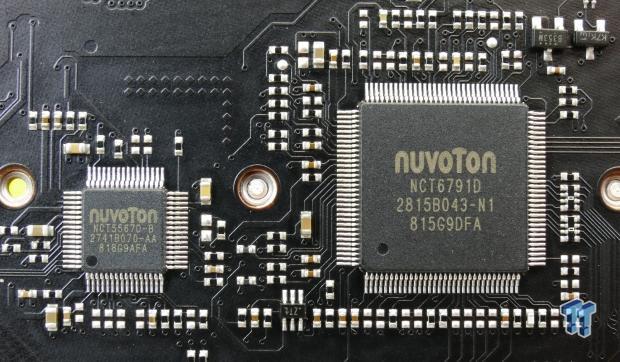
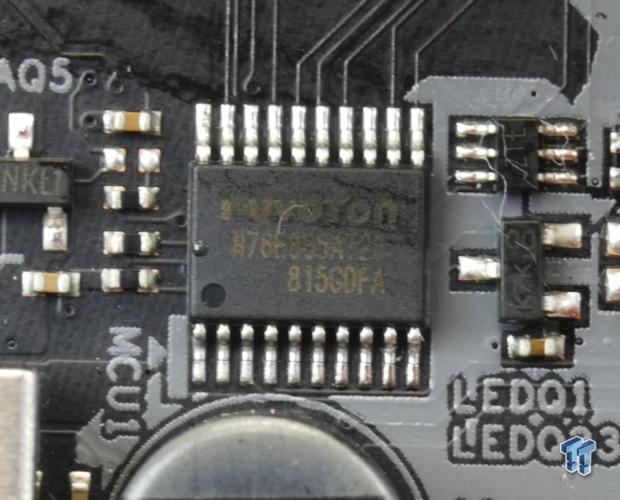
Because of the increase in fan headers and the added auto-sensing capability, ASRock had to add a second super IO the NCT5567D (commonly used as the main SIO on their NUCs) to help out the NCT6791D main SIO. We also find the Nuvoton RGB LED chip on the right.
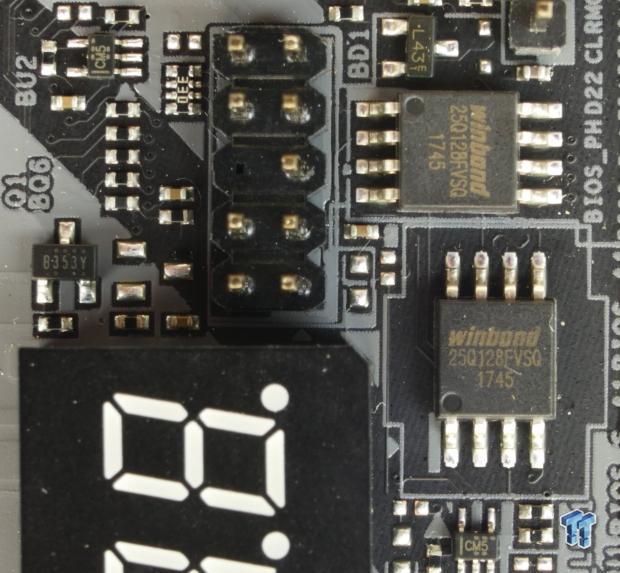
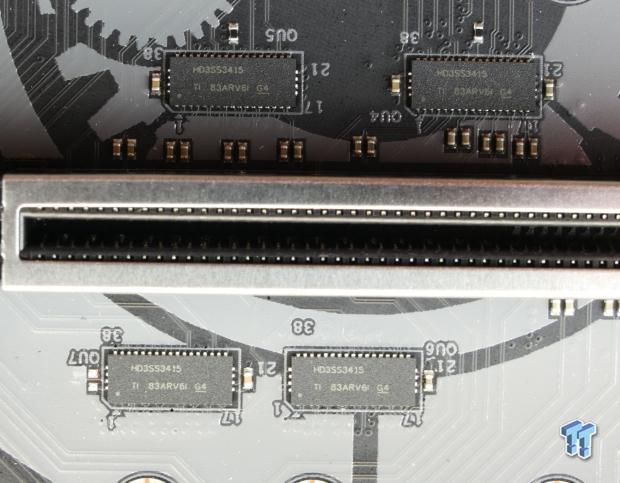
Two 128Mbit ROMs are found on the motherboard and provide increased redundancy for BIOS failures, so you are covered while overclocking. We find some quick high-speed switches to move around PCI-E bandwidth between slots as well as between M.2 slots and SATA ports.
We will have the second part of this review when the NDA date is reached.
